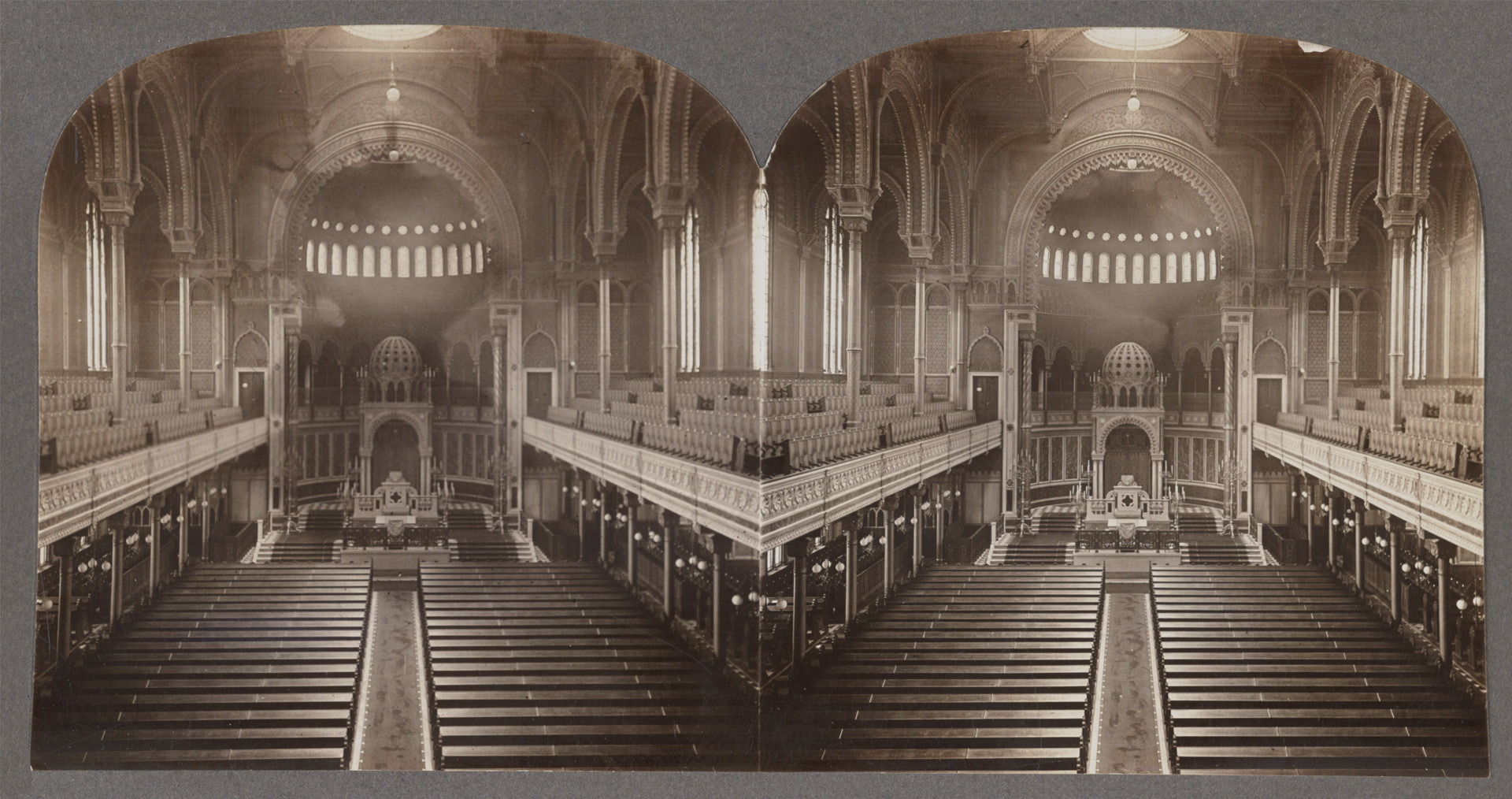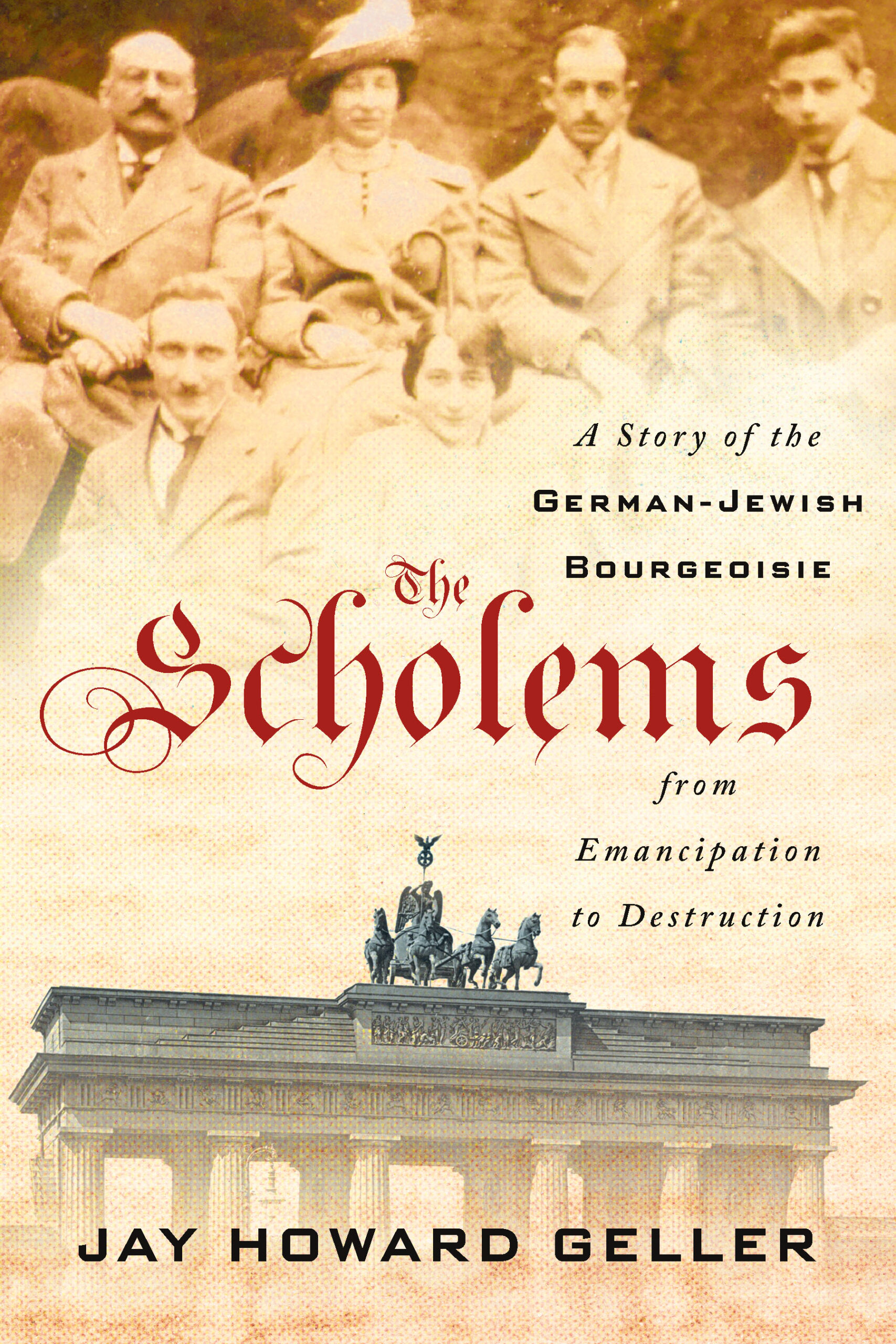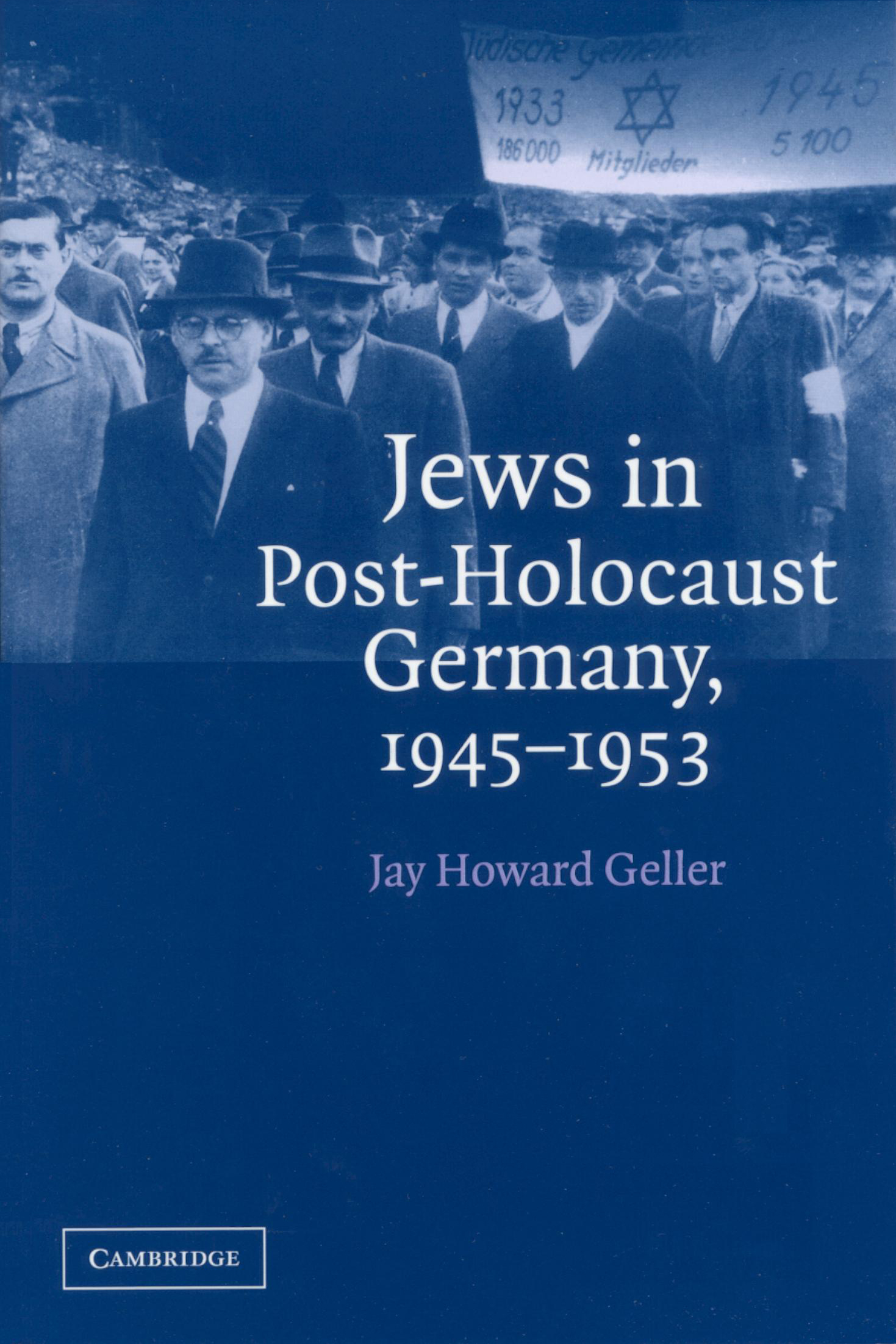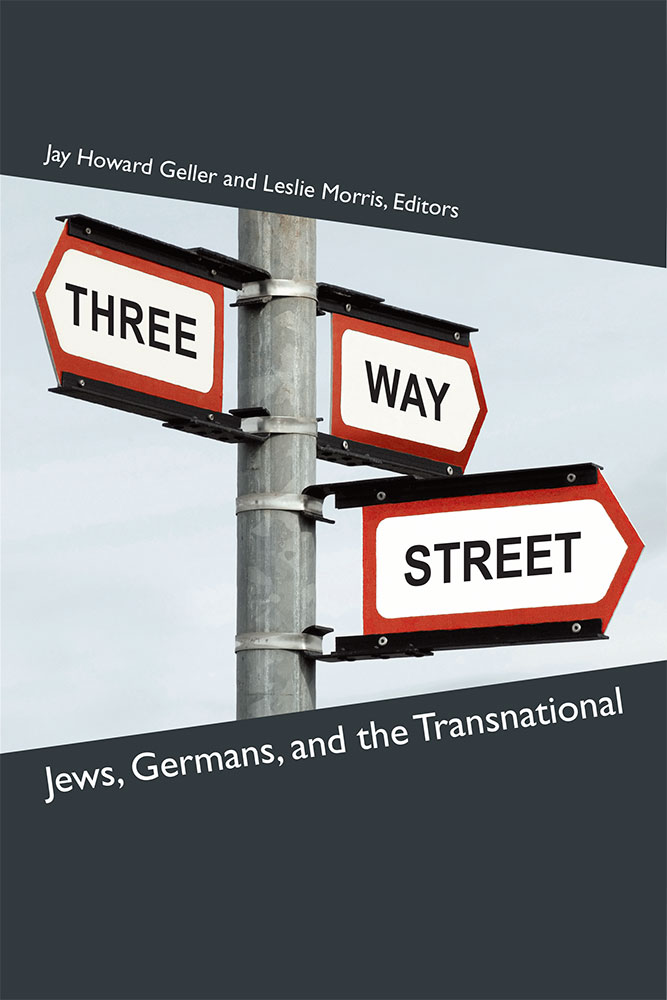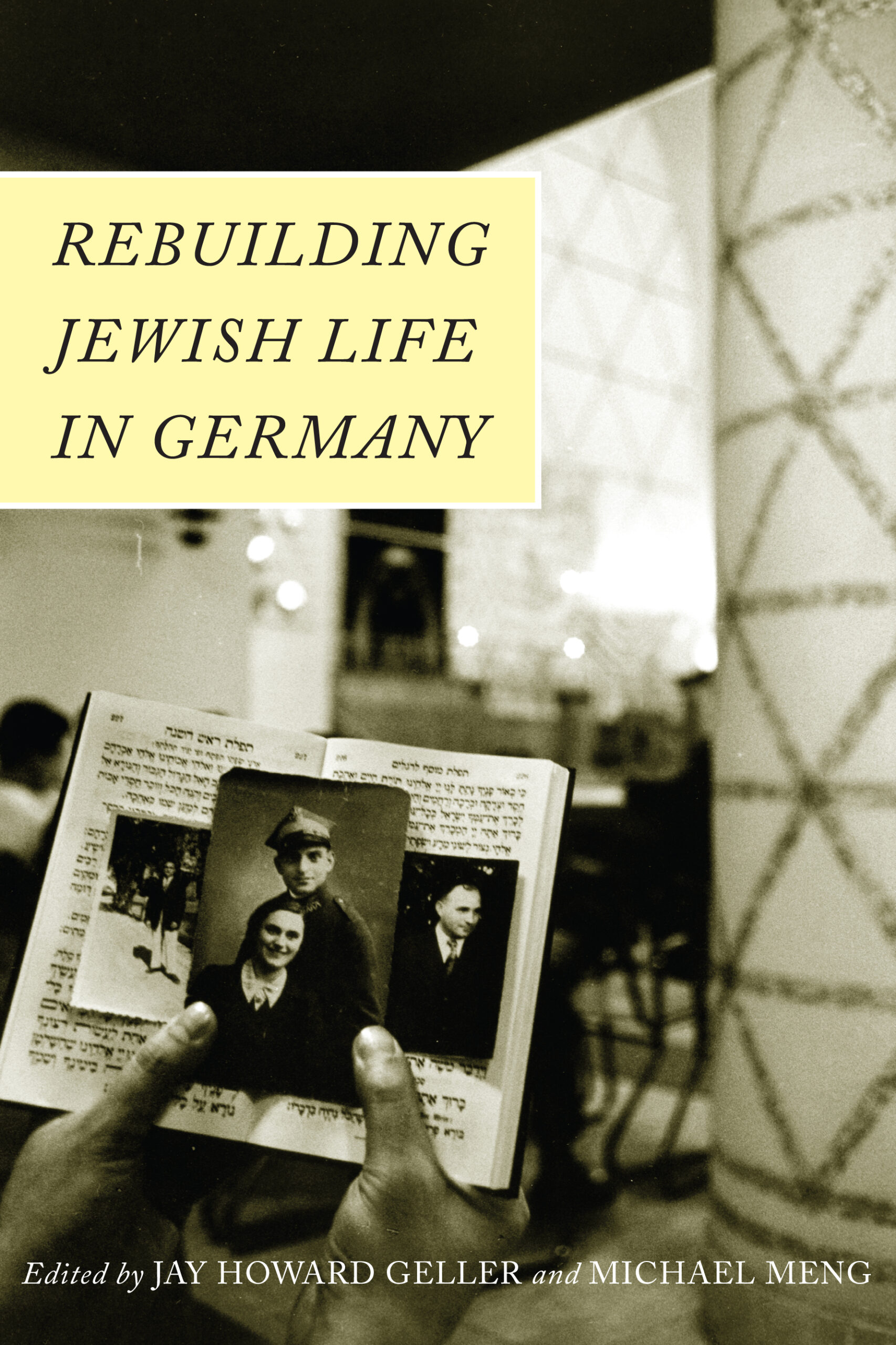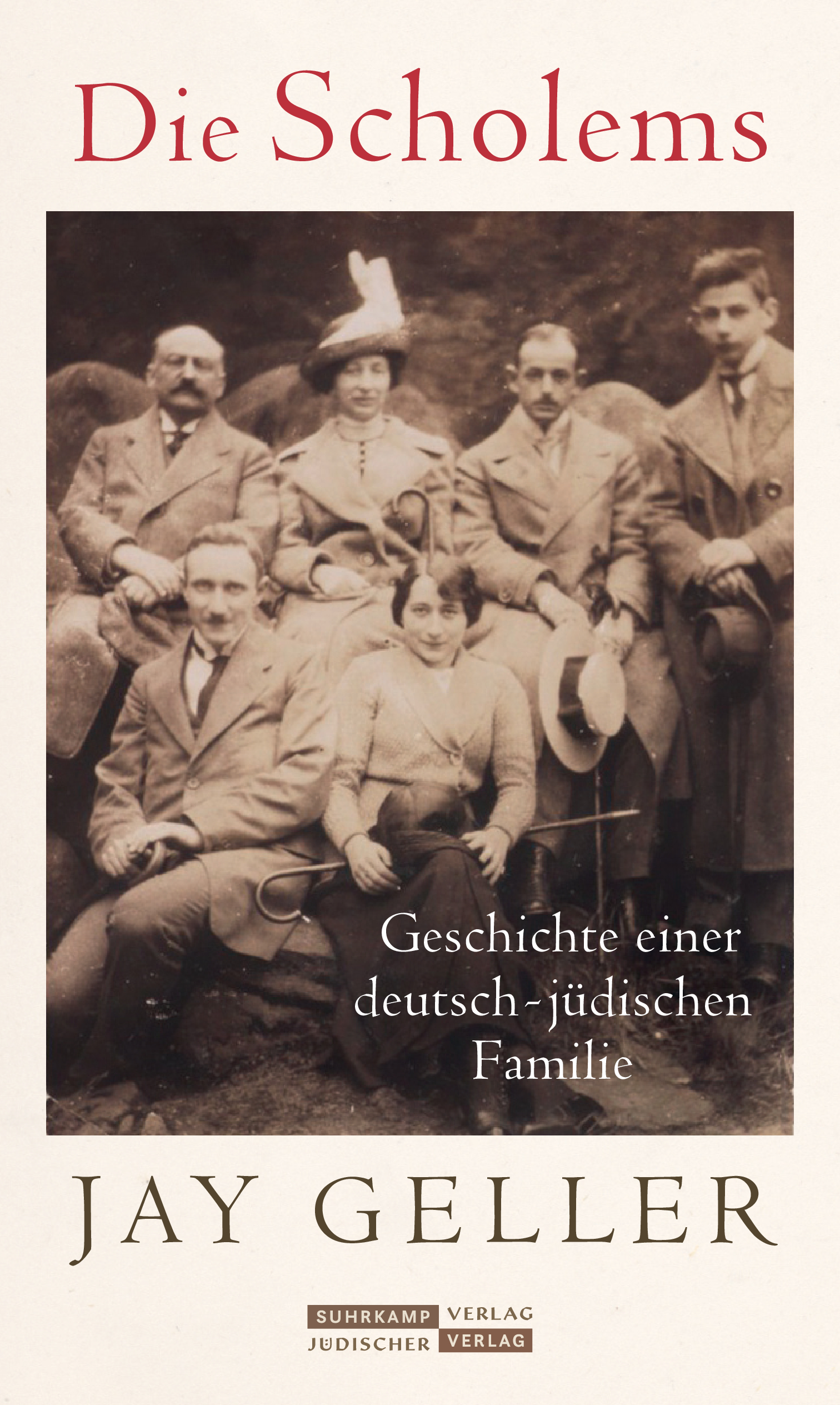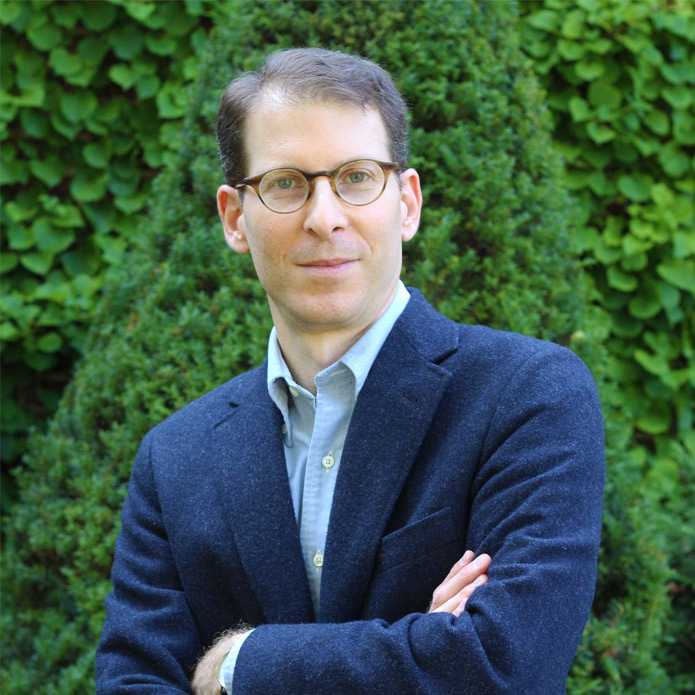
Jay Geller
I am a scholar of modern Jewish history and Central European history. My research focuses on the experience of the Jews in Germany, and Jews from Germany, in the late nineteenth and twentieth centuries. I am particularly interested in issues of Jewish identity, Jews and politics, and relations between Jews and non-Jews. My books have examined aspects of German-Jewish political, diplomatic, social, and cultural history.
I am currently the Samuel Rosenthal Professor of Judaic Studies and Professor of History at Case Western Reserve University in Cleveland. Previously, I was an Associate Professor of History at the University of Tulsa. Since 2015, I have served as director of the Program in Judaic Studies at CWRU. I teach a wide range of courses on Jewish history and culture, the history of modern Europe, and urban history.
Through local institutions, such as schools, museums and public libraries, synagogues and churches, and the organization Facing History and Ourselves, I engage in public history work, such as community lectures, workshops, and secondary teacher training on the Holocaust.
Recent books
The evocative and riveting stories of four brothers―Gershom the Zionist, Werner the Communist, Reinhold the nationalist, and Erich the liberal―weave together in The Scholems, a biography of a middle-class Jewish Berlin family and a social history of the Jews in Germany in the decades leading up to World War II. Across four generations, The Scholems illuminates the transformation of traditional Jews into modern German citizens, the challenges they faced, and the ways that they shaped the German-Jewish century, beginning with Prussia’s emancipation of the Jews in 1812 and ending with exclusion and disenfranchisement under the Nazis. Focusing on the renowned philosopher and Kabbalah scholar Gershom Scholem and his family, their story draws out the rise and fall of bourgeois life in the unique subculture that was Jewish Berlin. Geller portrays the family within a much larger context of economic advancement, the adoption of German culture and debates on Jewish identity, struggles for integration into society, and varying political choices during the German Empire, World War I, the Weimar Republic, and the Nazi era.
This is the story of the reemergence of the Jewish community in Germany after its near total destruction during the Holocaust. In western Germany, the community needed to overcome deep cultural, religious, and political differences before uniting. In eastern Germany, the small Jewish community struggled against communist opposition. After coalescing, both Jewish communities, largely isolated by the international Jewish community, looked to German political leaders and the two German governments for support. Through relationships with key German leaders, they achieved stability by 1953, when West Germany agreed to pay reparations to Israel and to individual Holocaust survivors and East Germany experienced a wave of antisemitic purges. Using archival materials from the Jewish communities of East and West Germany as well as governmental and political party records, Geller elucidates the reestablishment of organized Jewish life in Germany and the Jews’ critical ties to political leaders.
As German Jews emigrated in the nineteenth and early twentieth centuries and as exiles from Nazi Germany, they carried the traditions, culture, and particular prejudices of their home with them. At the same time, Germany—and Berlin in particular—attracted both secular and religious Jewish scholars from eastern Europe. They engaged in vital intellectual exchange with German Jewry, although their cultural and religious practices differed greatly, and they absorbed many cultural practices that they brought back to Warsaw or took with them to New York and Tel Aviv. After the Holocaust, German Jews and non-German Jews educated in Germany were forced to reevaluate their essential relationship with Germany and Germanness as well as their notions of Jewish life outside of Germany. This interdisciplinary collection spans the fields of history, literature, film, theater, architecture, philosophy, and theology as it examines the lives of significant emigrants and opens up critical ways of approaching Jewish culture not only in Germany, but also in other locations, from the mid-nineteenth century to the present.
Seventy-five years after the Holocaust, 100,000 Jews live in Germany. Their community is diverse and vibrant, and their mere presence in Germany is symbolically important. In Rebuilding Jewish Life in Germany, scholars of German-Jewish history, literature, film, television, and sociology illuminate important aspects of Jewish life in Germany from 1949 to the present day. In West Germany, the development of representative bodies and research institutions reflected a desire to set down roots, despite criticism from Jewish leaders in Israel and the Diaspora. In communist East Germany, some leftist Jewish intellectuals played a prominent role in society, and their experience reflected the regime’s fraught relationship with Jewry. Since 1990, the growth of the Jewish community through immigration from the former Soviet Union and Israel have both brought heightened visibility in society and challenged preexisting notions of Jewish identity in the former “land of the perpetrators.”
Kaum eine Familie spiegelt die Geschichte der deutschen Juden des 19. und 20. Jahrhunderts in allen ihren Facetten, vom Glanz des Aufstiegs ins Bürgertum bis zur Verfolgung und Ermordung der europäischen Juden so deutlich wie die der Scholems. Ihre Geschichte beginnt in Schlesien: Von dort zogen die Scholems Mitte des 19. Jahrhunderts nach Berlin und eröffneten eine Druckerei, die es zu einigem Wohlstand brachten. Arthur und Betty Scholem hatten vier Söhne, die alle einen unterschiedlichen Weg einschlugen: Reinhold, 1891 geboren, wurde im Kaiserreich zum nationalliberalen, assimilierten Juden; Erich, Jahrgang 1893, zum Liberaldemokrat; Werner Scholem, 1985 in Berlin geboren, wurde zu einem prominenten Vertreter eines linken Sozialismus und saß in der Weimarer Republik für die Kommunistische Partei im Reichstag. Gerhard Scholem schließlich, 1897 geboren, bekannte sich früh zum Zionismus, lernte Hebräisch und wanderte 1923 nach Palästina aus, wo er als Gershom Scholem einer der bedeutendsten Forscher jüdischer Religionsgeschichte wurde.
